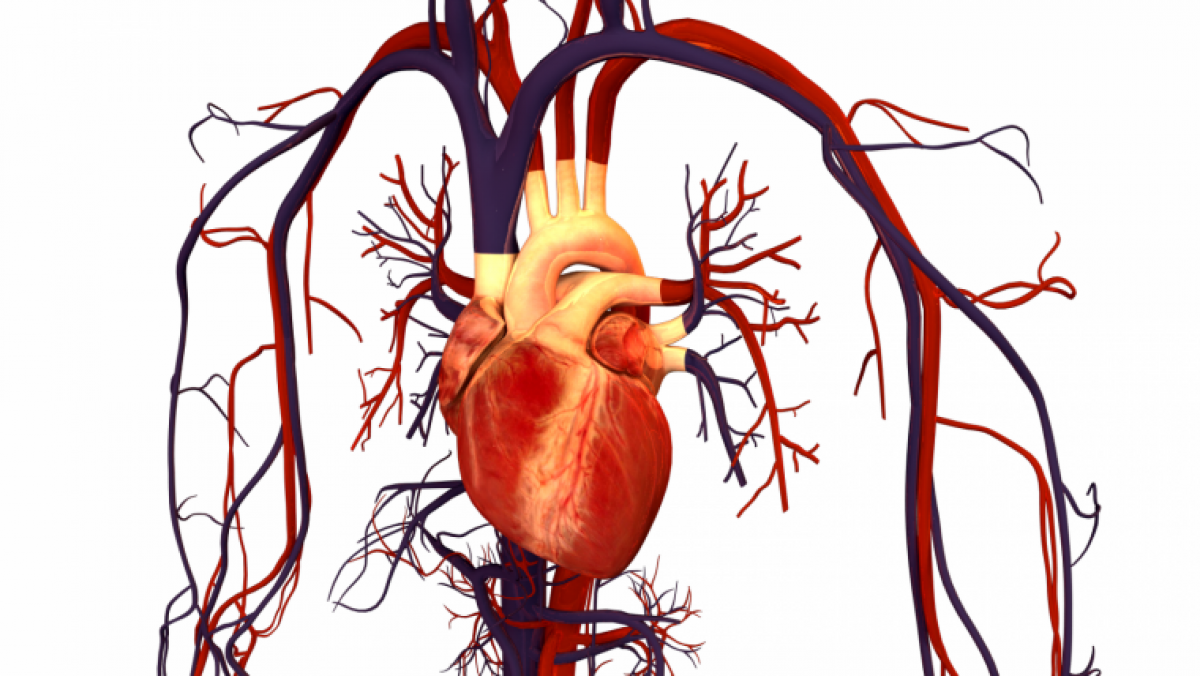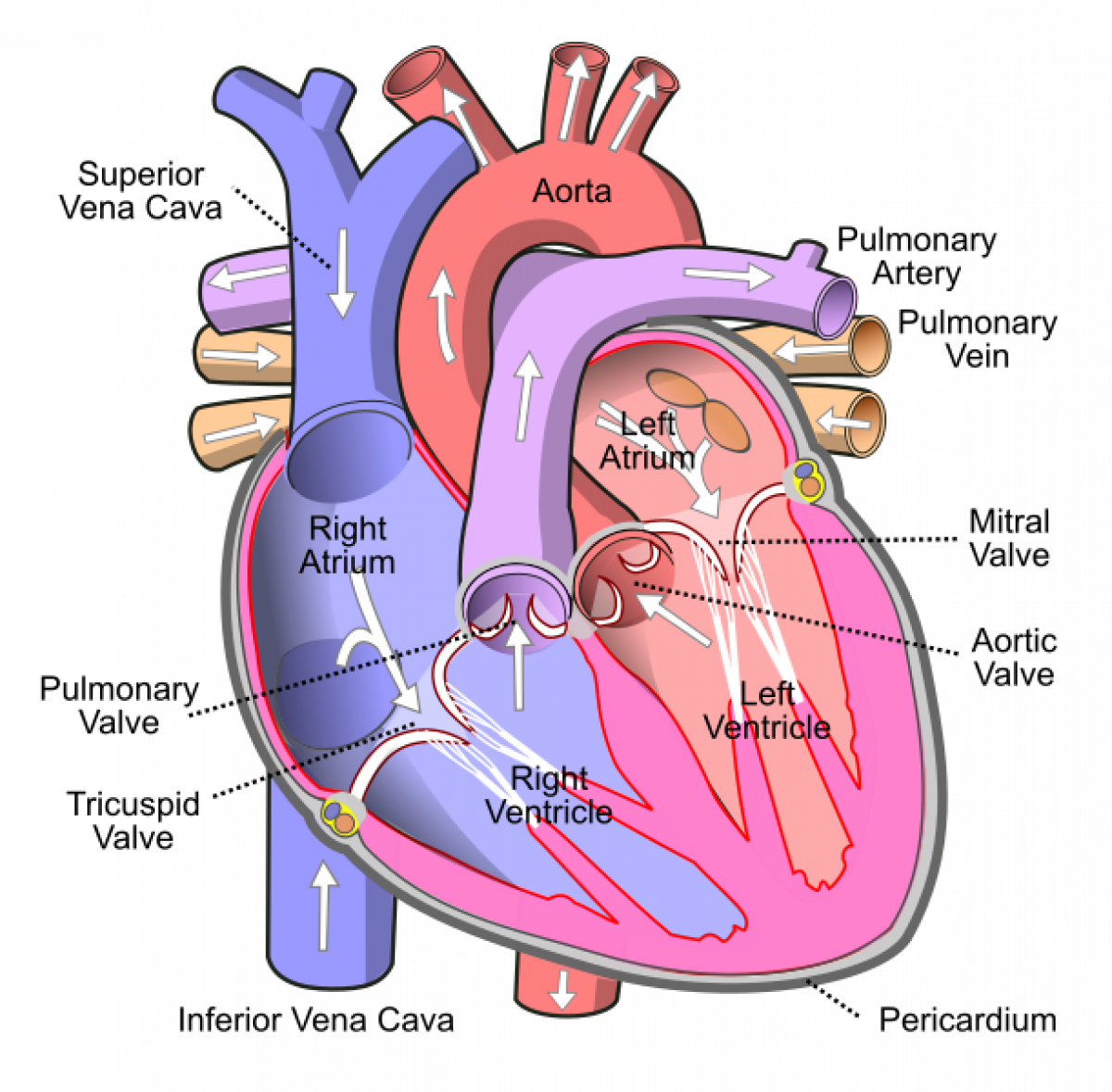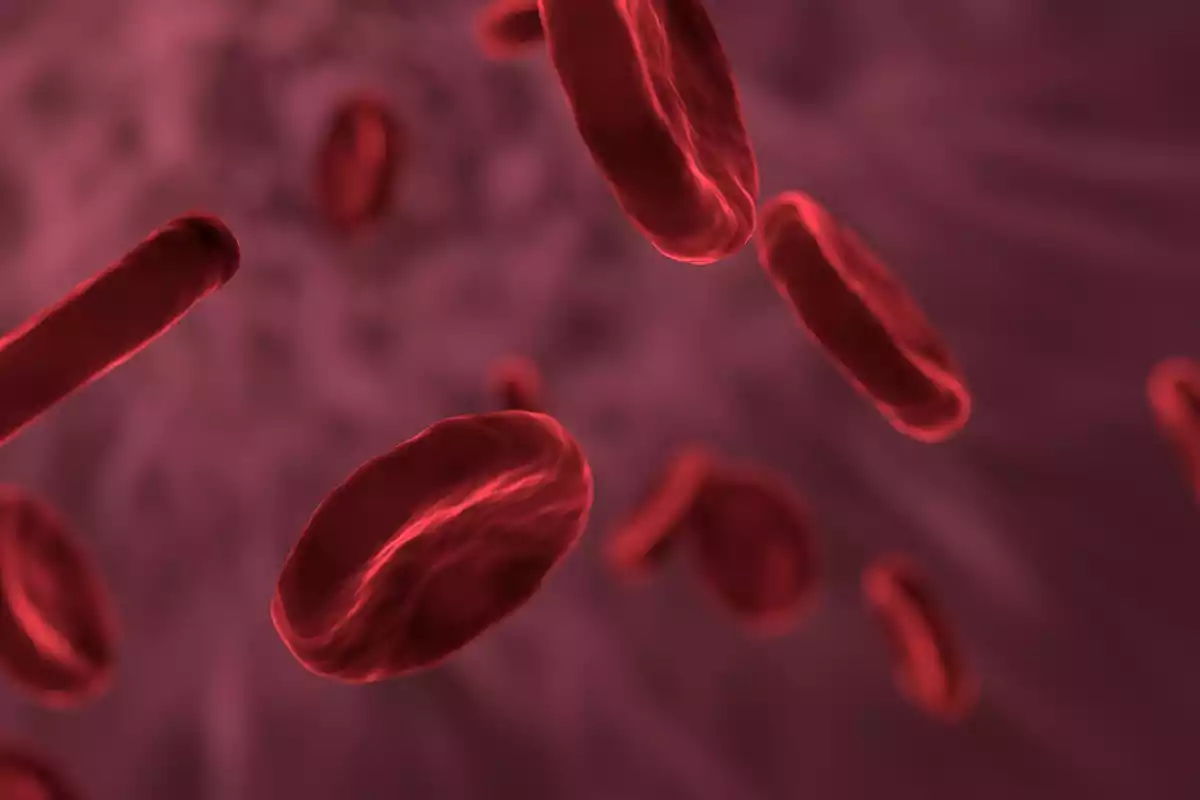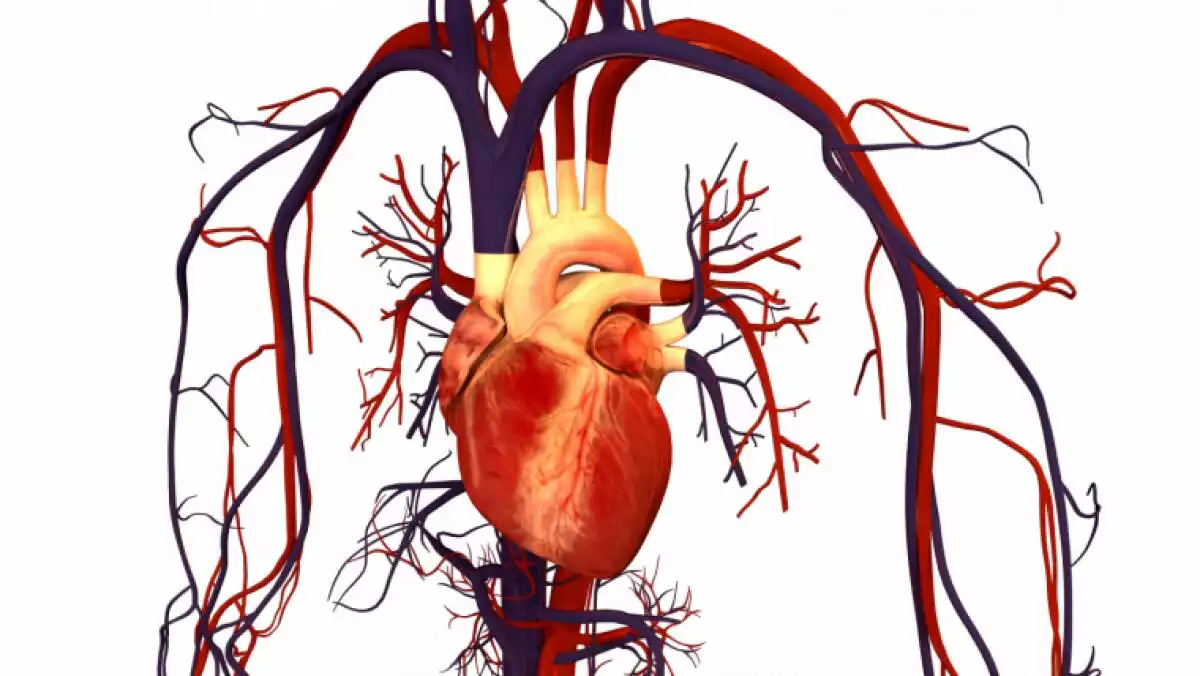
The organs and structures of our body need both nutrients and oxygen to survive, and the circulatory system, also called cardiovascular or vascular system, is in charge of taking them throughout our organism. This vast network of organs and vessels is responsible for making these "foods" get to where they have to go.
Without this system, our body would not be able to fight disease or maintain a stable internal environment, known as homeostasis. In this article, we will find out what the circulatory system is, its different parts and functions, as well as the various diseases that are related to it.
What is the circulatory system?
The circulatory system, also known as the cardiovascular system, is an extensive network of organs and structures that allow the blood to circulate throughout the body, transporting oxygen, carbon dioxide, nutrients or other blood cells. Inside the circulatory system, we can also find the lymphatic system, which is in charge of transporting a substance called lymph.
While the blood is a fluid that contains plasma, red and white blood cells and platelets; the lymph is, primarily, an excess of recycled blood plasma used to remove unwanted material from the body. This recycling occurs after the interstitial fluid has been filtered out and returned to the system. The oxygen enters the bloodstream through small pulmonary membranes that absorb it while it is inhaled.
As our body uses the oxygen and processes the nutrients, the carbon dioxide is created, which is expelled when exhaled. The right functioning of the cardiovascular system is possible due to constant pressure exerted by the heart and valves throughout the body.
This blood pressure ensures that the veins take the blood to the heart and the arteries transport it far away from it. In an average adult human being, about 7.5 liters of blood are transported daily along more than 96 kilometers of blood vessels. According to studies, a person has about 4-5.5 liters of blood in his or her body.
The 4 parts of the cardiovascular system
All the systems in our body are formed by different organs and tissues, which all together serve a vital function. The circulatory system has four main parts or components: the heart, the arteries, the veins, and the blood. Here you have the main characteristics of all of them.
1. Heart
The heart is the primary organ because it is necessary to keep people alive. A heart that stops functioning necessarily implies the death of the organism (and therefore of the person). The function of the heart is to pump oxygenated blood to the body, and deoxygenated blood to the lungs. In general terms, the parts of the heart are two ventricles (left and right) and two atriums (left and right).

The blood that gets to the right atrium is deoxygenated and goes to the right ventricle to be pumped through the pulmonary artery to the lungs, where it oxygenated again to eliminate the carbon dioxide. The left atrium gets the oxygenated blood from the lungs, as well as the pulmonary vein that passes into the left ventricle to be pumped through the aorta to the different structures and organs of our body.
2. Arteries
The arteries carry oxygenated blood away from the heart. Oxygenated blood enters the circulatory system as it leaves the left ventricle through a valve called the aortic arch. The first part of the systemic circulation is carried out through the aorta, a big artery and with thick walls. The aortic artery arches and branches to irrigate the upper part of the human body. It then descends, and its branches supply the abdomen and lower extremities.
3. Veins
The veins are in charge of taking the deoxygenated blood to the lungs, so it is filled with oxygen again. After going through different tissues of the body, the vein system (which gets to all the surface of the organism with veins and capillaries), is fused in two main veins: superior and inferior vena cava. Broadly speaking, these veins drain the areas above and below the heart, respectively, and flow into the right atrium of the heart.
4. Blood
The blood is the mean of transport of nearly everything in our organism. It is considered a connective tissue that travels throughout the circulatory system, carrying oxygen, hormones, antibodies, nutrients and all kind of necessary elements to keep the organism's health.
Circulatory system function
As mentioned several times, the circulatory system has several functions in addition to transporting nutrients. The main functions of this system include the transport of elements, the protection against pathogens and the maintenance of body homeostasis.
Blood transport
The main function of the cardiovascular system is to transport blood, with its nutrients and oxygen to all the body tissues. This makes it possible to supply blood flow to the whole body, as well as to expel carbon dioxide and waste.
Protection against pathogens
The blood circulating through the system carries white, red and platelets that clean cells, fight pathogens, heal wounds and prevent infections, bacteria or viruses from entering the body. In addition, the blood also possesses antibodies that favor immunity and resistance to these pathogens.

Homeostasis maintenance
The homeostasis in the body refers to the relatively stable balance between the interdependent elements that make fisiological processes possible. To do so, the circulatory system has a very important role because, among many other things, they help maintain a stable body temperature. Another homeostatic functions of the blood is to maintain the balance of the corporal pH. Blood plasma contains bicarbonate ions and albumin, which make it possible to maintain an isotonic environment.
Types of circulation
Three types of circulation occur regularly in our body: pulmonary, systemic, and coronary circulation. These are the main characteristics of each type:
Pulmonary circulation: deoxygenated blood is transported from the heart to the lungs and back to the heart.
Systemic circulation: oxygenated blood is transported from the heart to the rest of the body.
Coronary circulation: It provides the heart with oxygenated blood so it can work properly.
Circulatory system diseases
As with the rest of the body's systems, there are some diseases related to the circulatory system. They are known as cardiovascular diseases. Although there are different causes for them, most cardiovascular diseases have their origin in bad habits: little exercise, sedentary lifestyle, diet mistakes, excessive consumption of food or substances, diseases such as smoking, among many others. Among the main conditions or diseases of the circulatory system there are:
High blood pressure
Atherosclerosis
Abdominal aortic aneurysm
Peripheral artery disease
Heart attack
Heart failure
Stroke
References
Braunwald, E. (1988). Heart disease. Harvard Medical School: Boston, MA.
Dampney, R.A. (1994). Functional Organization of Central Pathways Regulating the Cardiovascular System. Physiological Review, 74(2): 323-364
Monahan‐Earley, R., Dvorak, A. M., & Aird, W. C. (2013). Evolutionary origins of the blood vascular system and endothelium. Journal of Thrombosis and Haemostasis, 11(1): 46-66.
